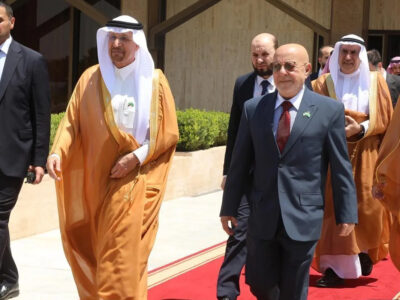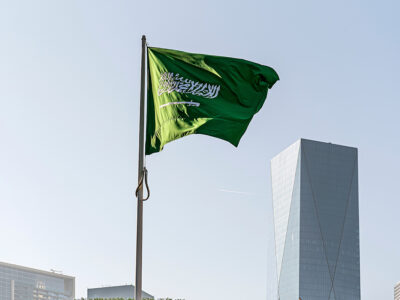Bahraini money supply grew at its slowest pace in eight months in May as growth savings deposits slowed, but the level of rise stayed above 30 percent as the Gulf state tackles accelerating inflation, official data showed.
M3, the broadest measure of money circulating in the smallest Gulf Arab economy, climbed 32.2 percent to 7.38 billion dinars ($19.58 billion) in the year to May 31 from 5.58 billion dinars a year earlier, the central bank said in a monthly report.
That was the slowest rate of growth in money supply since September 2007, but still a 5.3 percent gain on the month earlier. Money supply growth is an indicator of future inflation.
Funds held in time and savings deposits rose 35 percent to 4.27 billion dinars, compared with a gain of 37.6 percent a month earlier, the data showed. Demand deposits also climbed 32.1 percent to 1.82 billion dinars, the central bank said.
Money supply growth in the world’s biggest oil-exporting region has been driven by oil prices that have surged seven fold since 2002.
Inflation in Bahrain, which pegs its dinar currency to the dollar, is the lowest in the region, hitting 6.2 percent in April as food prices jumped.
Dollar pegs have forced most Gulf central banks to track US interest rate cuts.
Bahrain’s central bank raised the reserve requirement for banks by two percentage points to 7 percent in January to prevent lower borrowing costs from stoking inflation further.
Net foreign assets held by the central bank surged 57.6 percent to 1.70 billion dinars at the end of May, the data showed. (Reuters)







